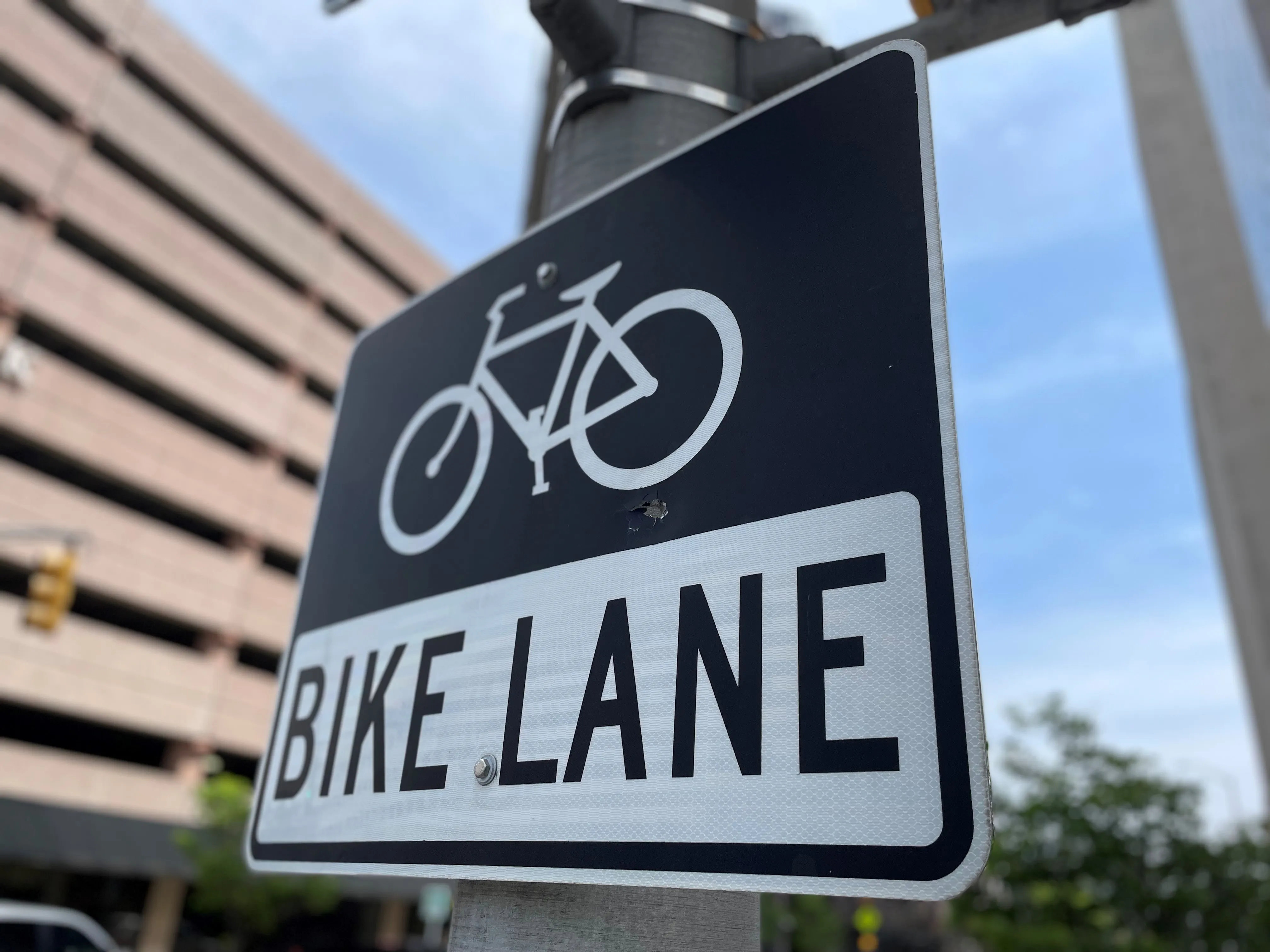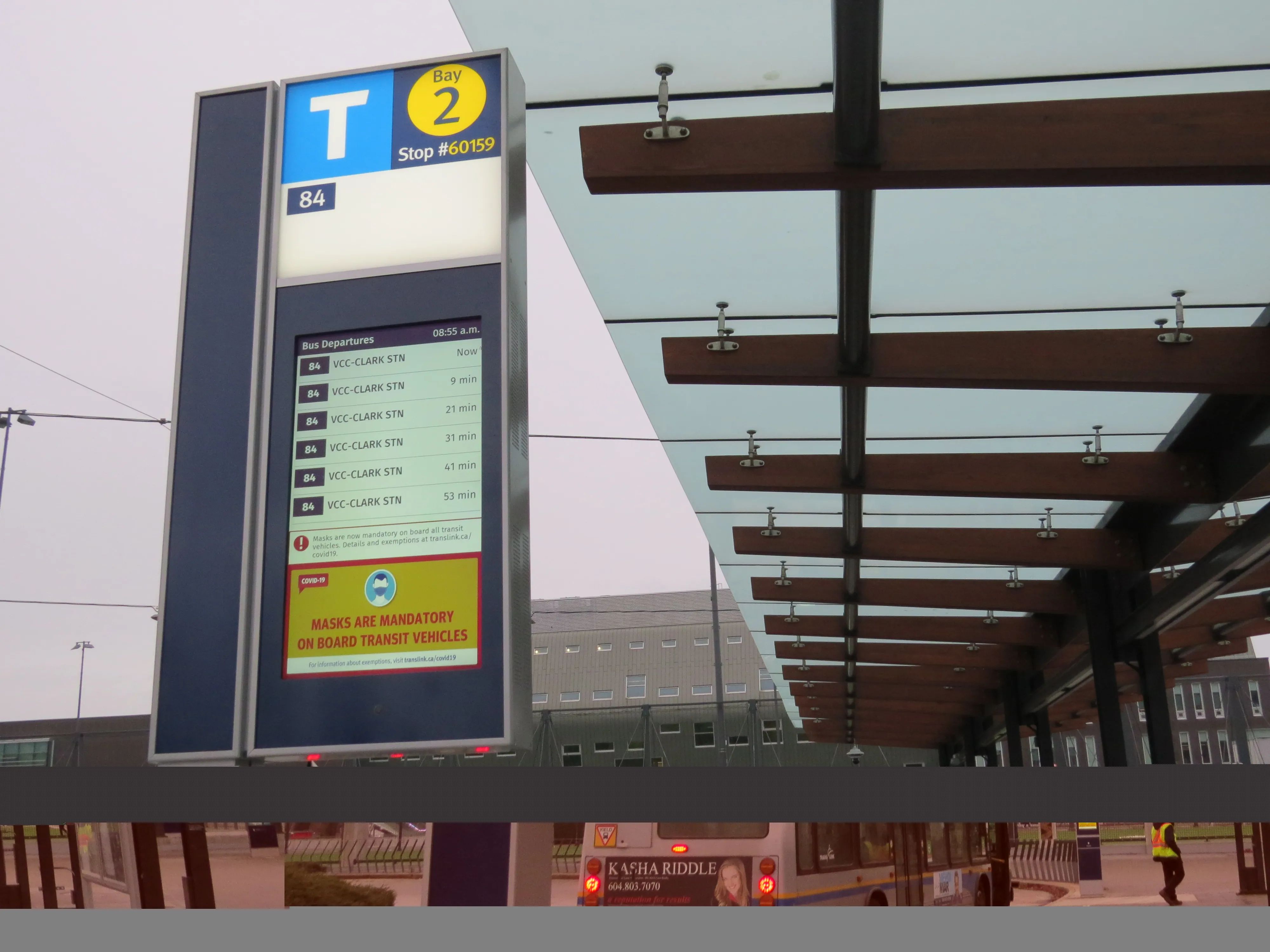As part of the MTA’s ongoing commitment to improving safety across all agencies and in coordination with New York City’s Vision Zero plan, MTA New York City Transit has begun to test new technologies aimed at improving safety for drivers, bus customers and pedestrians. The 60-day tests of pedestrian turn warning and collision avoidance systems will determine if a full pilot of one or both systems can proceed in 2016.
NYC Transit’s Department of Buses is testing two systems on six buses: a pedestrian turn
October 5, 2015
Read time: 3 mins
As part of the MTA’s ongoing commitment to improving safety across all agencies and in coordination with New York City’s Vision Zero plan, MTA New York City Transit has begun to test new technologies aimed at improving safety for drivers, bus customers and pedestrians. The 60-day tests of pedestrian turn warning and collision avoidance systems will determine if a full pilot of one or both systems can proceed in 2016.
NYC Transit’s Department of Buses is testing two systems on six buses: a pedestrian turn warning system that issues an external audio warning when the bus is making a right or a left turn, and a smart sensor based technology designed to prevent forward and side collisions by alerting the bus operator with visual and auditory warnings.
A pedestrian turn warning system by1015 Clever Devices has been installed on four buses. The system is triggered when the bus makes a turn, activating an external warning to nearby pedestrians or cyclists that the bus is turning. External speakers are installed in an area that does not block the bus operator’s view, and the speaker volume takes into consideration the ambient sound level in the vicinity of the bus.
The second test involves a collision avoidance system that is installed within view of the bus operator at the front of the bus. Multiple smart vision sensors manufactured by4279 Mobileye are integrated with a driver interface manufactured by Rosco Vision Systems, to create the Mobileye Shield+ system. This system is installed in and around the bus to help detect the presence of vehicles and pedestrians in the front of the bus and pedestrians on both sides of the bus. The collision avoidance system alerts the bus operator prior to a potential collision without the need for bus operator input and continually measures distance and relative speeds of the bus and surrounding objects to evaluate the risk of a collision. When danger is imminent, visual and audible alerts warn the bus operator to make necessary corrections in sufficient time to avoid a collision.
“These initiatives are an integral part of our commitment to continually improve our safety performance,” said Darryl Irick, senior vice president, NYC Transit Department of Buses and president of MTA Bus. “Our safety efforts so far have reduced the number of collisions per million miles by as much as 46 per cent since 1988. But we are always aiming to do better, and we look forward to taking this commercially-available technology and seeing how we can put it to practical use on a larger scale under New York City operating conditions.”
NYC Transit’s Department of Buses is testing two systems on six buses: a pedestrian turn warning system that issues an external audio warning when the bus is making a right or a left turn, and a smart sensor based technology designed to prevent forward and side collisions by alerting the bus operator with visual and auditory warnings.
A pedestrian turn warning system by
The second test involves a collision avoidance system that is installed within view of the bus operator at the front of the bus. Multiple smart vision sensors manufactured by
“These initiatives are an integral part of our commitment to continually improve our safety performance,” said Darryl Irick, senior vice president, NYC Transit Department of Buses and president of MTA Bus. “Our safety efforts so far have reduced the number of collisions per million miles by as much as 46 per cent since 1988. But we are always aiming to do better, and we look forward to taking this commercially-available technology and seeing how we can put it to practical use on a larger scale under New York City operating conditions.”








